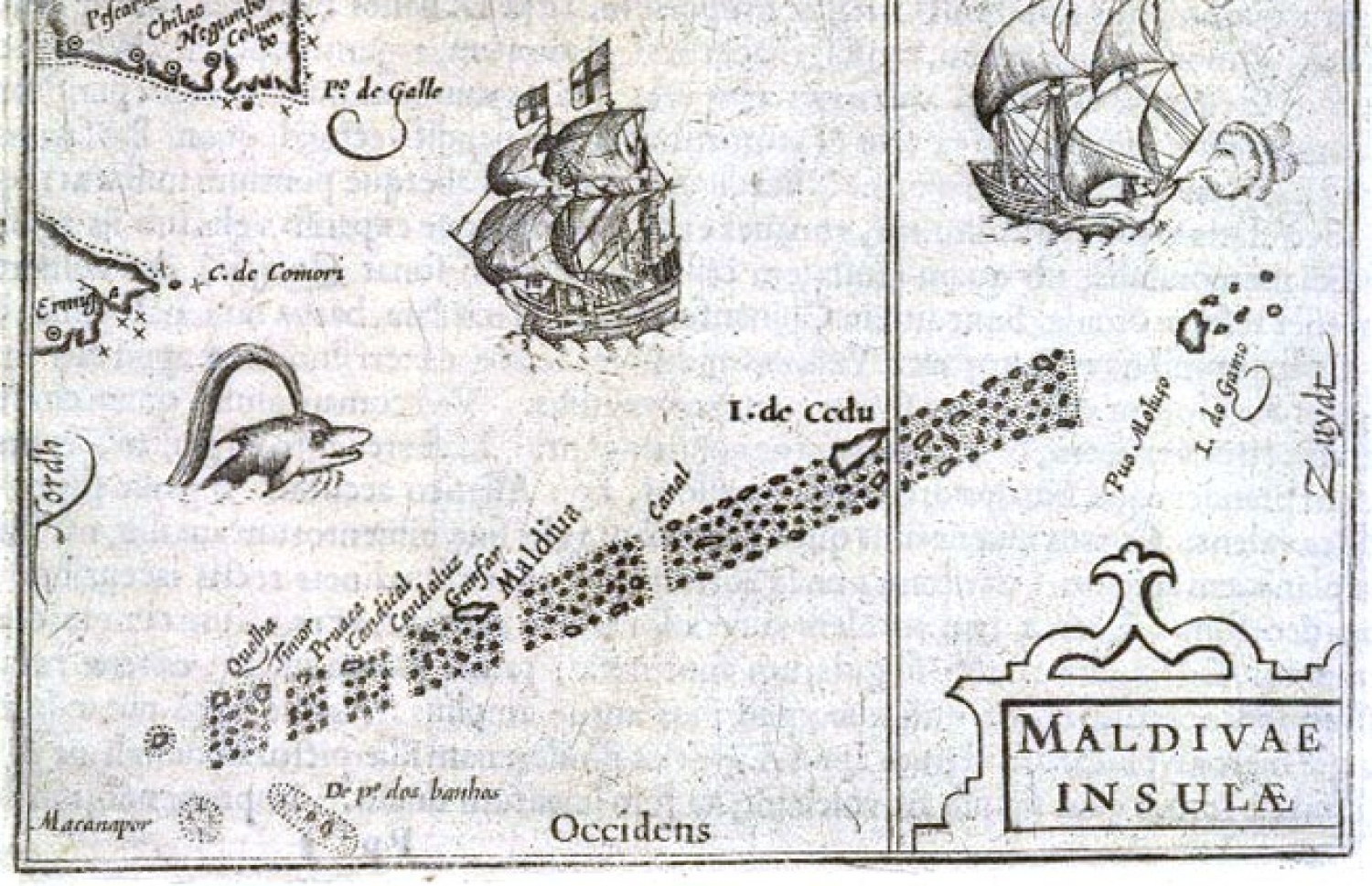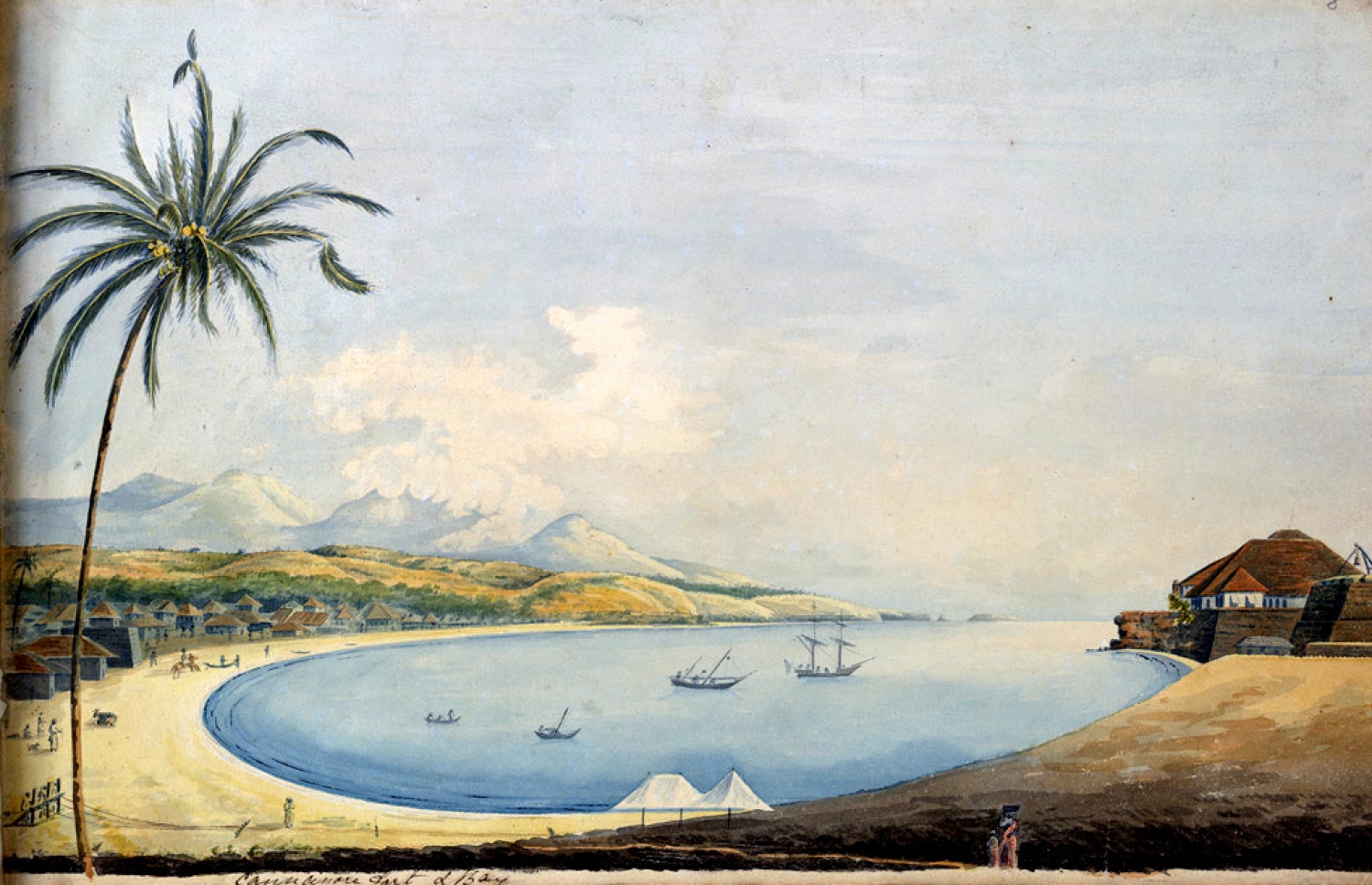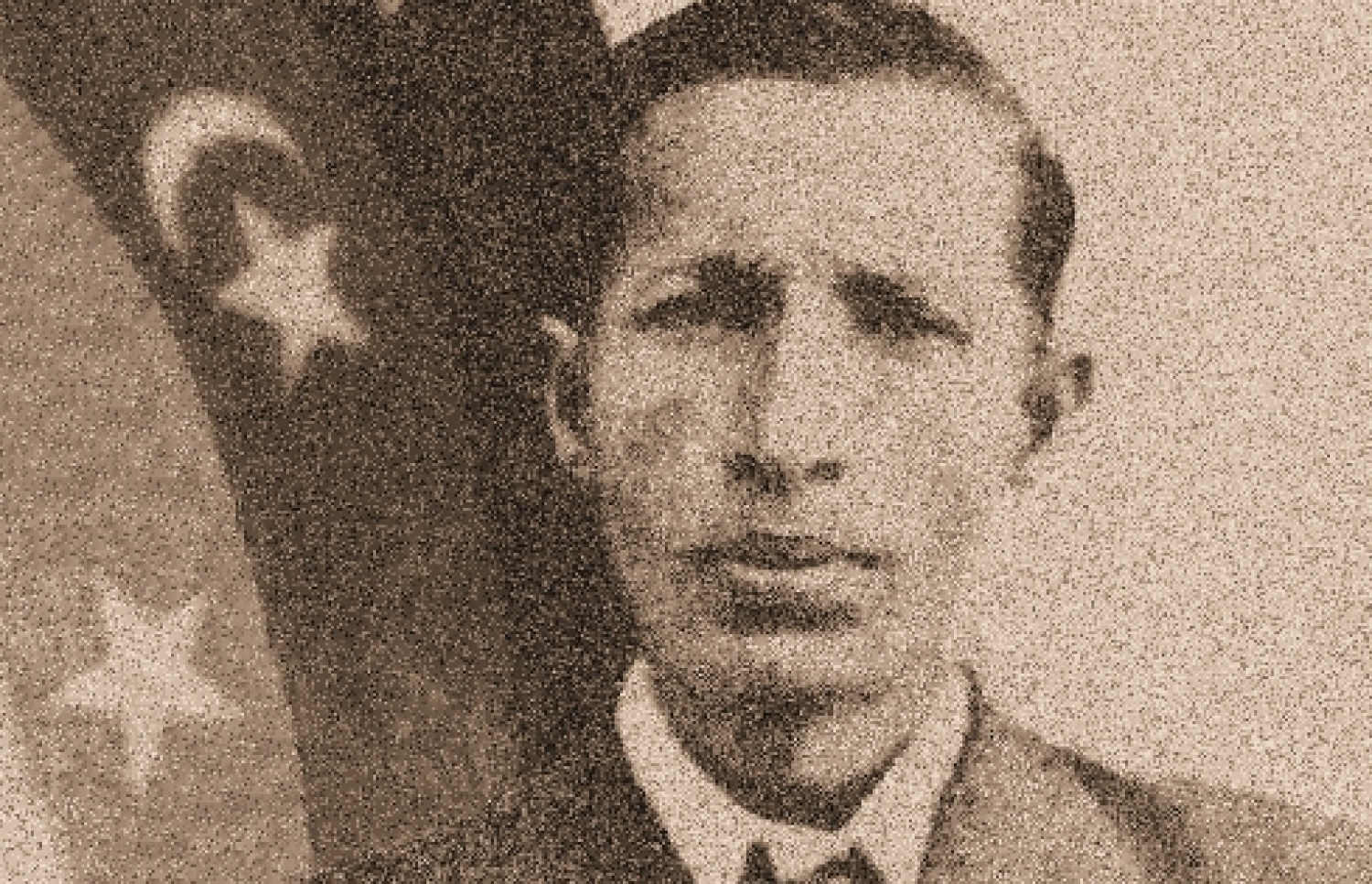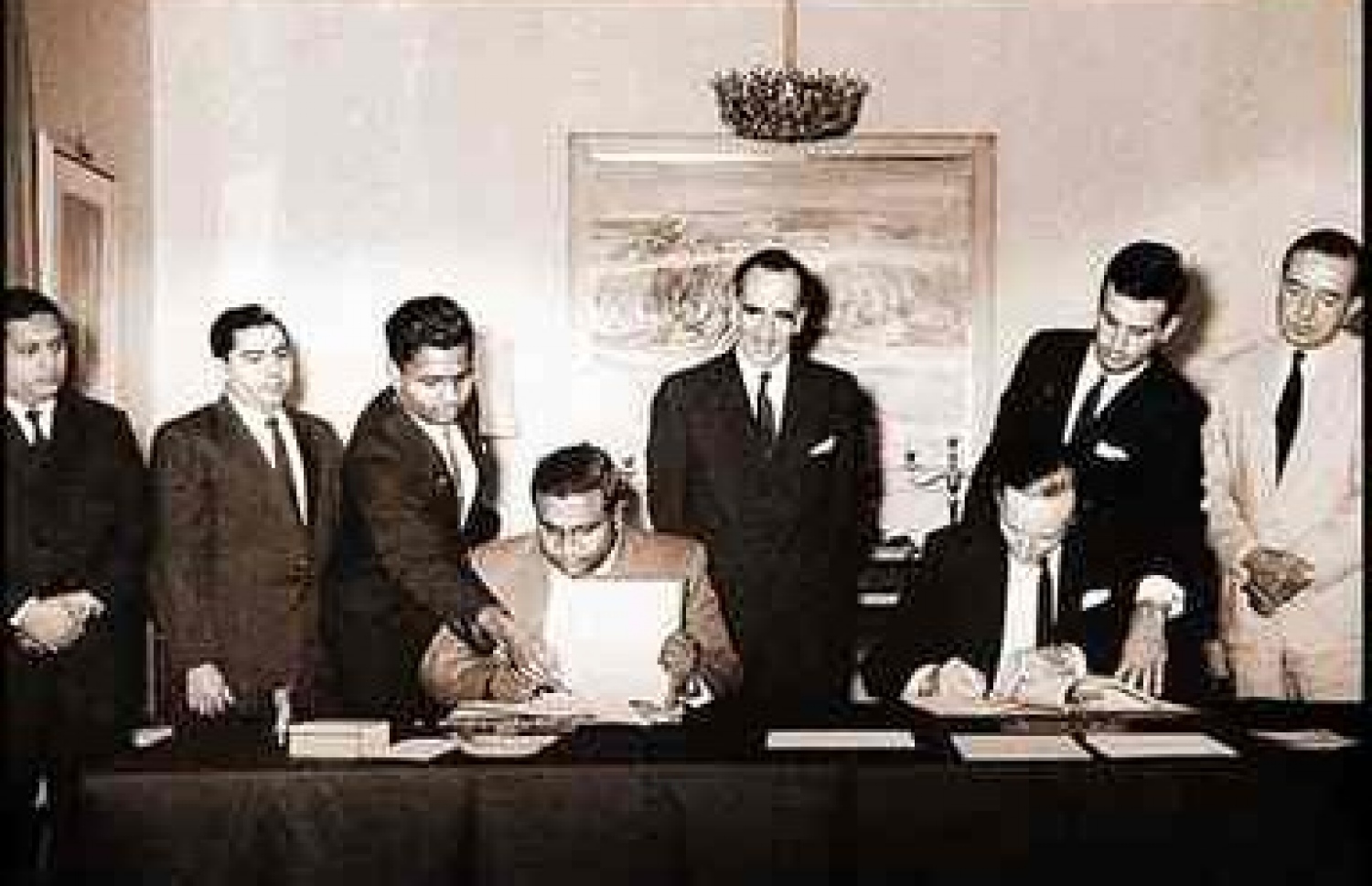An idyllic island nation lying serene in the Indian Ocean, one that is regaled by the world at large for its pristine beauty, for its uncorrupted nature, for its white sandy beaches and crystal-clear waters that change hues from teal to turquoise to several shades of blue as the water deepens.
A nation known for its world-class hospitality, and the hard-working hands behind a near trillion-dollar tourism industry. A country known for not only its beauty but the beautiful smiles its citizens impart on travelers.
Modern-day Maldives is known across the globe as one of the finest holiday destinations. But the country did not trek through the chapters of history without its many battles for preservation. Preservation of its sovereignty, its identity and tradition, its rich culture and uniqueness.
The island nation will not attain full political independence until 1965, but at the heart of the pearl islands reside people who have known no subjugation, who have not bent to tyrannical power, but bested against them and ousted such forces time and again.
History – Early Settlers, and Gifts to Roman Emperor

Various research into the history of the Indian Ocean archipelago indicate the islands were populated with settlers as early as the 5th Century BCE (before Common Era). The first settlers were Buddhists, most probably from Sri Lanka and southern parts of India; which explains the resemblance Maldivians share with the people of neighboring Sri Lanka and South India.
There are accounts of Divi people sending gifts to the Roman Emperor Julian, as per a 4th century note published by Ammianus Marcellinus in 362 AD. (anno domini). The Divi are strikingly similar to ‘Dheyvi’ indicating that they could have been the same people, who were living in ancient Maldives.
Accounts also claim the Aryas arrived in the Maldives around 6th or 5th century BC, approximately three centuries before Emperor Asoka built his state in India. A fact that is further given strength due to the accounts consolidated by the Allama Ahmed Shihabuddeen of Meedhoo, Addu atoll titled “Kitab fi athar Midhu al-qadhima (“On the Ancient Ruins of Meedhoo”) which has near accurate accounts regarding the South Asian history, including references to the Indian Emperor Asoka.
First Known Incursion into the Maldives

The first documented invasion by a foreign force in Maldives is by the Portuguese, who forcefully established themselves in 1558. The Portuguese colonizers administered their rule while being stationed mainly in their colony in Goa.
Their reign in the island nation is written in blood; several Maldivian had been introduced to their wrath in their hungry conquest to seize the country.
Fifteen years after their conquest, the Portuguese colonialists were driven out by famed local hero Muhammad Thakurufaanu al-Auzam through a revolt, which has since been commemorated as the National Day of the Maldives.
The Dutch Reign and Frequent Malabar Raids

After the Portuguese invasion and the subsequent ousting of them by Muhammad Thakurufaanu, the island nation experienced a time peace and serenity until a raiding party of the Malabar were dispatched to the Maldives by Raja of Cannanore from the south coast of India.
Around mid-17th century, the Dutch had replaced the Portuguese as the dominant power in Ceylon (modern day Sri Lanka), which was followed by the colonial power establishing a supremacy over Maldivian affairs, both internal and external while excluding the island nation directly local matters. This was a vehement intrusion into the politics of the archipelago as the islands were governed strictly according Islamic customs.
British Protectorate

After the British Raj expelled the Dutch from Ceylon in 1796, it had placed the Maldives under its protected areas. This led to the British becoming intimately involved with Maldivian internal affairs, rising mainly from domestic disturbances that had targeted the settler community of the Indian Bora merchants.
The Bora merchants themselves had been subjects of the British Rule during the 1860s.
During their protectorate, the British had resolved intensified rivalries between two dominant families; the ‘Athireege’ clan and the ‘Kakaage’ clan which concluded with the former winning the favor of the British authorities stationed in Ceylon.
Despite the British Raj placing Maldives under its protected areas, the island nation would not receive the British protectorate status until it was officially recorded in an 1887 agreement, which came to fruition after the then Sultan of the Maldives signed the contract with the British Governor in Ceylon.
This resulted in Maldives relinquishing its right on the sovereignty of the islands in matters of foreign policy while still retaining authority of internal self-government. The British government had in return promised to veer clear from any internal matters and domestic affairs, while throwing in the olive branch of military protection and non-interference in local administration; ensuring that the Maldivian locals still enjoyed internal regulations under the Muslim traditional institutions, but in exchange for an annual tribute.
Road to Independence
Although the Maldives remained a British protectorate well into the mid-20th century, the country was still ruled under a succession of Sultans. However, it was after this the power and decisive authority held by the then Sultan was gradually overtaken by the Chief Minister, which eventually led to the British encouraging the development of a constitutional monarchy as well as the proclamation of the first Maldives Constitution in 1932.
Following the demise of Sultan Majeed Didi and his son, members of the Maldivian parliament elected Muhammad Amin Didi to continue to the lineage of sultans. He however, declined to ascend to the throne and instead, chose to become the first elected president of a Maldives that had transitioned into a republic through a referendum.
When Amin Didi was in Ceylon for a medical treatment, he had little to no idea that his presidential rule was coming to a forced conclusion led by his own deputy, Velaanaagey Ibrahim Didi. Upon arriving in the Maldives, the president was confined to Dhoonidhoo from where he escaped and feebly attempted to take control of Bandeyrige.
However, Didi was beaten by an angry mob and had died soon after.
Axing of the First Republic and the Sultanate's Revival
After Didi’s presidential rule unceremoniously ended, another referendum was held which concluded with majority of the Maldivian citizens voting to restore the monarchy, bringing the first republic of the island nation to a conclusion.
This was followed by the election of a new People’s Majilis (Maldives Parliament), and the members of the parliament discretely voted to elect Prince Muhummad Fareed-ul-Awwal as the 84th Sultan of the island nation in 1954 – the British protectorate was still very much in effect through all of the events that had transpired up to this point.
Shortly after the restoration of the Maldivian sultanate, the United Kingdom had sought permission to re-establish its wartime RAF Gan airfield in Addu Atoll. The British were granted a 100-year lease on Gan which had come with the demand of them paying a GBP 2,000 per annum as well as roughly 440,000 square meters of Addu atoll Hithadhoo to install radio stations.
The new Sultan appointed his deputy ‘Ehgamugey’ Ibrahim Ali Didi as the Prime Minister. The deputy however, was forced to resign on December 11, 1957 by Velaanagey Ibrahim Nasir who ascended into the position of Prime Minister the following day.
Without further ado, Nasir had moved on to call for a review of the agreement made between the Maldives and United Kingdom related to the Gan lease. Nasir had expressed interest in constricting the shortening lease while subsequently increasing the annual payment with a new tax levied on boats.
The "United Suvadive Republic"

It was not smooth sailing for Nasir as he would face objection in 1959 by local secessionist movement in the southern atolls that had economically benefitted during the British protectorate and its presence in Gan.
This movement cut ties completely with the Maldives government and formed an independent state known as the “United Suvadive Republic” with one Abdulla Afeef as this republic’s president. Needless to say, this separatist movement and its endgame; the Suvadive Republic were short-lived, lasting until 1963.
Afeef had sought the support and recognition from the Britain, which was met with lukewarm support from the breakaway nation, and was thus fully withdrawn in 1961 when the British signed a treaty with Maldives while excluding Afeef, much to his chagrin.
The Agreement and Independence

On July 26, 1965 the Maldives would gain independence from the British protectorate after the island nation signed an agreement with United Kingdom.
Though the island nation gained independence, the British still retained the use of Gan and Hithadhoo facilities.
Following the agreement signed between Ibrahim Nasir, the then Prime Minister of the Maldives on behalf of the Sultan and by Sir Michael Walker, the British Ambassador to the island nation on behalf of the Queen of England, the British responsibility for defense and external affairs control came to a conclusion, granting full political independence to the country.